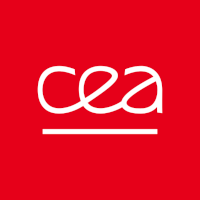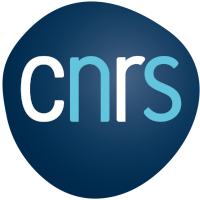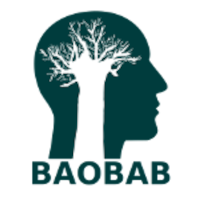QSM4SENIOR: the gold standard for rusting brains
Ventio and NeuroSpin are partners in a recently-selected project by the European Open Science Cloud in Life Sciences (EOSC-Life) to reveal an innovative early biomarker of pathological aging brain.

Ventio engages in research on neurodegenerative diseases alongside NeuroSpin, the brain imaging innovation research center of the French Alternative Energies and Atomic Energy Commission (CEA). This project, called QSM4SENIOR, is driven by the laboratory BAOBAB (Institut Joliot du CEA/CNRS/Paris-Saclay University). This couples one of the innovative imaging technologies mastered by Ventio with the power of NeuroSpin imaging systems. It has just been supported by EOSC-Life, an initiative funded by the European Union’s Horizon 2020 programme under grant agreement number 824087.
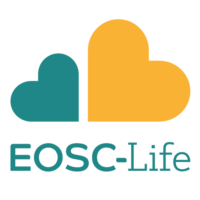
This is a decisive step for Ventio which, together with NeuroSpin and EOSC-Life, wishes to assess the relevance of an innovative biomarker derived from magnetic resonance imaging (MRI) for early detection of the development of diseases of the central nervous system.

Neurodegenerative diseases, which are more and more prevalent in aging societies, weigh on the care of the elderly, and impact European health systems. In Europe, 20% of the population is more than 65 years old. In France alone, associated healthcare cost is reaching 85 billion euros per year and there is more than a million people affected by Alzheimer‘s disease, and 160000 by Parkinson‘s disease, for which there is no curative treatment on the market to date.
The causes of the development of these diseases are still debated, and current assessment methods do not provide an early biomarker. This is why the NeuroSpin team conducted a prospective study on elderly subjects, the SENIOR study (see also here) in the hope of providing predictive biomarkers and identifying therapeutic targets. This study includes ultra-high magnetic field explorations with the infrastructure’s MRI systems. It is a state-of-the-art technology that provides access to resolutions and sensitivity unmatched by conventional imaging systems.
The QSM4SENIOR project has the objective to add, with the help of Ventio, an innovative biomarker in addition to those already evaluated: quantitative susceptibility mapping (QSM), which is extremely sensitive to the presence of iron. Yes, the brain rusts!
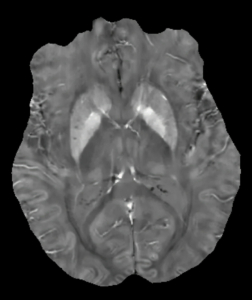
Although the accumulation of iron in the brain is associated with normal aging, an accumulation above a certain threshold could be one of the reliable indicators of an early cognitive decline, and could make it possible to identify affected structures not known to be involved at this time.
This research program will therefore make it possible to obtain answers on the accumulation of iron in the brain with unparalleled precision, and all this leading to ultra-high magnetic field gold-standard data processed in an open and collaborative European digital space for the life science research!
QSM is an innovative patented technique that was developed at Cornell University in the team of Professor Yi Wang, and which is now cleared by the Food and Drug Administration.
Ventio has a special history with this technology since its founder, Ludovic de Rochefort, is one of its inventors. Thus, Ventio has become the exclusive distributor of this technology in SaaS mode (Software-as-a-Service) in Europe for research, and finds in the QSM4SENIOR project a flagship application to advance brain research.
Ventio is thus committed with major partners to give a breath of innovation into Europe through advanced biomedical imaging combined with cutting-edge digital tools, to navigate deep into the brains of our elders.
Get on-board: you recently graduated, with a scientific profile and disruptive technologies attract you? However, you are searching for meaning in your professional activity while getting involved into European construction? The partners are hiring! You can also apply here.


